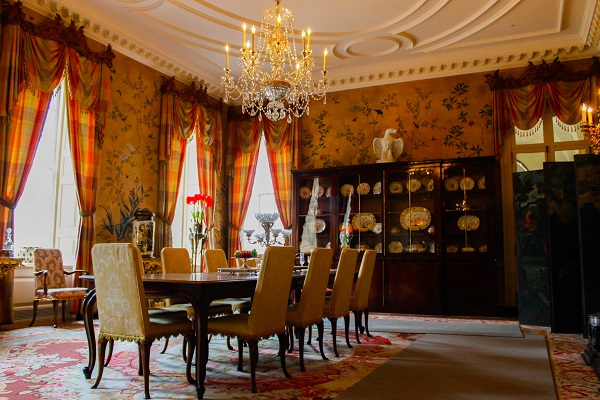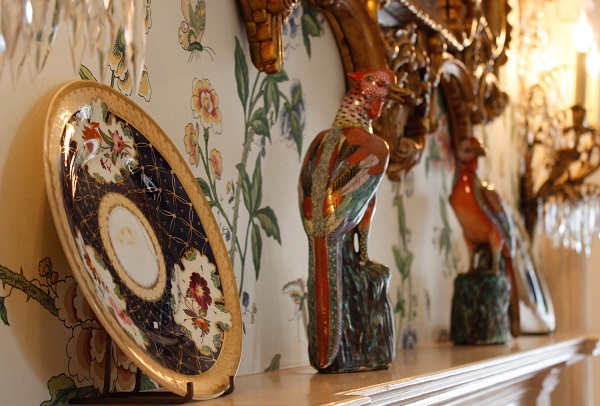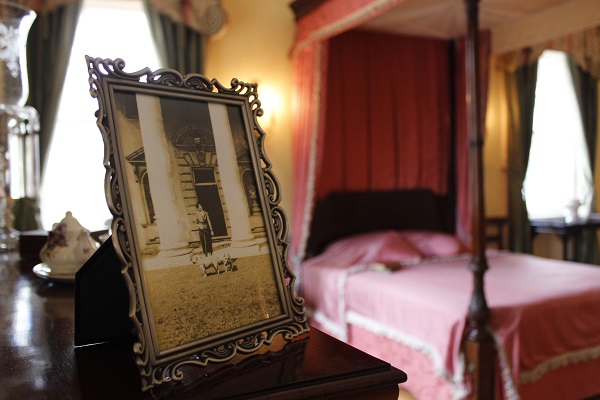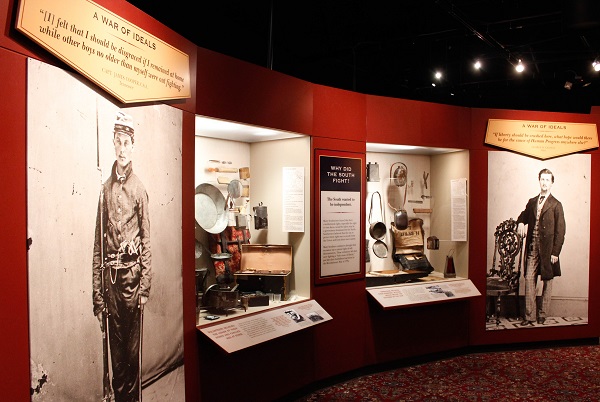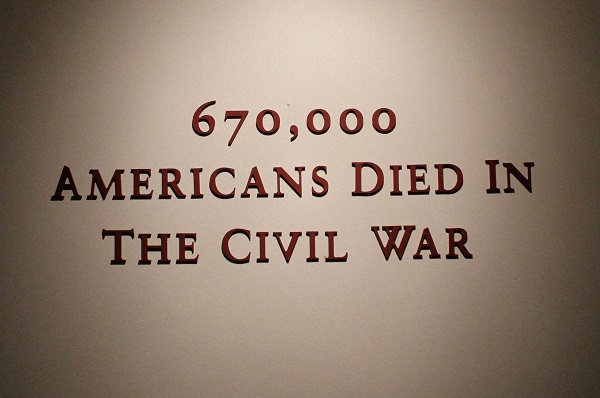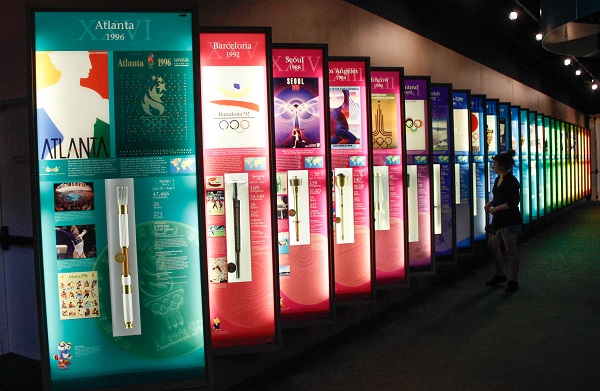
While I enjoyed my first day in Atlanta, visiting the World of Coca-Cola and the Georgia Aquarium and touring CNN, I didn’t feel like I had really gotten a feel for the city itself. All three sites surrounded the Centennial Olympic Park downtown and in a sense, they could have been found in any city. I was anxious to delve more into the culture and history of this southern city and my second day allowed me to do just that.
I started at the Margaret Mitchell House – the home of the author whose only novel was Gone With the Wind. I first saw the movie back when I was in college, but I never got around to reading the book. I took a short tour, which included a nice overview of Mitchell’s life and insight into how Scarlett O’Hara’s life mirrored Mitchell’s in some ways. Visiting her actual apartment was just so-so, but an accompanying exhibit that included a documentary about the making of the movie was fascinating. By the time I left, I of course had to pick up the book to finally read it – all 959 pages of it (sidenote: I started reading it a few days after I returned and I have struggled to put it down; I actually stayed up until 1:30 a.m. the other night in tears as I read about Scarlett returning home to Tara before Atlanta burned).
From the Margaret Mitchell House, I jumped on Atlanta’s public transportation system, Marta, for the first time to get to the Atlanta History Center. Admission is combined with the Margaret Mitchell House and the staff provided a nice map with directions on how to get to this other museum located in Atlanta’s Buckhead neighborhood – a train and bus ride and short walk away. It sounds further than it is – in reality, it took me less than 30 minutes to get there.
I arrived just before 12:30 and was informed that if I hurried, I could make it to the Swan House to visit on my own before it closed down for afternoon Catching Fire tours. Yes, it was used in the filming of Hunger Games: Catching Fire and they now give guided tours along those lines. Not wanting to pay extra for a tour, I hurried through the main building of the Atlanta History Center to the grounds behind it, shuffled across a wooden bridge and arrived at the front door of the Swan House at about 12:28. Announcements were already being made that it was closing, but I was allowed to look around nonetheless.

After a quick walk through the early twentieth century mansion, I slowly made my way back to the main building, stopping along the way at the Smith Family Farm. Consisting of a farmhouse and several outbuildings, including an open hearth kitchen, blacksmith shop and smokehouse, the farm gave me a feel for what life may have been like in late nineteenth century Georgia. Several loud sheep added to the atmosphere.
Then, I headed back to the main building for what I considered to be the main exhibits – Turning Point: The American Civil War and the Centennial Olympic Games Museum. I was not disappointed on either account. The Civil War exhibit is one of the largest in the country and includes more than 1,400 original artifacts, photographs, dioramas and photographs. A free audio guide was available, which I recommend if you’re interested in hearing even more detail than what is readily available on the signs in the exhibit (which are already pretty detailed). The exhibit is frankly amazing and I feel like it should be a required visit for every student in the United States. Seriously. The Civil War is such a huge part of our country’s history and I feel like too many schools gloss over it and few people of my generation or the next really have a good understanding of what happened. And it was only 150 years ago!
The exhibit was organized by year and explained in each case, what the strategy of the Confederacy was, what the strategy of the Union was, and then what actually happened. True to the name of the exhibit, it focused on the various turning points of the war. Maps illustrated the movements of the armies and display cases showed uniforms, weapons and more. It was a moving and eye-opening experience.
After returning my audio guide, I moved on to the Centennial Olympic Games Museum – another stellar exhibit. Brightly colored signs celebrated past Olympic games, as well as the most important moments of the 1996 Atlanta games. As a huge sports fan, it was fascinating to trace the history of the games from the very beginning, seeing how they evolved and grew over the years. From there, it was like a trip down memory lane, reliving the Atlanta games day by day – I could see myself back in college, watching so many of those moments, like Kerri Strug’s gimpy vault landing and Bela Karolyi carrying her off in his arms.
I skipped two additional exhibits: Down the Fairway with Bobby Jones and Shaping Traditions: Folk Arts in a Changing South – only because it was already mid-afternoon and I wanted to get to the Martin Luther King Jr. National Historic Site that day as well.
Which brings me to my final sightseeing stop in Atlanta. After visiting Memphis last June and seeing the spot where Martin Luther King, Jr. was killed, I wanted to complete the circle and see where he lived much of his life in Atlanta. I unfortunately arrived too late to get on a tour of his birth home, but I was still able to walk through a detailed exhibit about his life, visit the Ebenezer Baptist Church where he once preached and see his tomb.
By the time I returned to my downtown hotel, I felt like I had a better understanding of historic Atlanta and the South, a better appreciation of American history and a desire to learn a lot more.
Disclaimer: The Atlanta Convention & Visitors Bureau provided me with a complimentary CityPASS, which included admission to the Atlanta History Center and the Margaret Mitchell House. Opinions are entirely my own.


